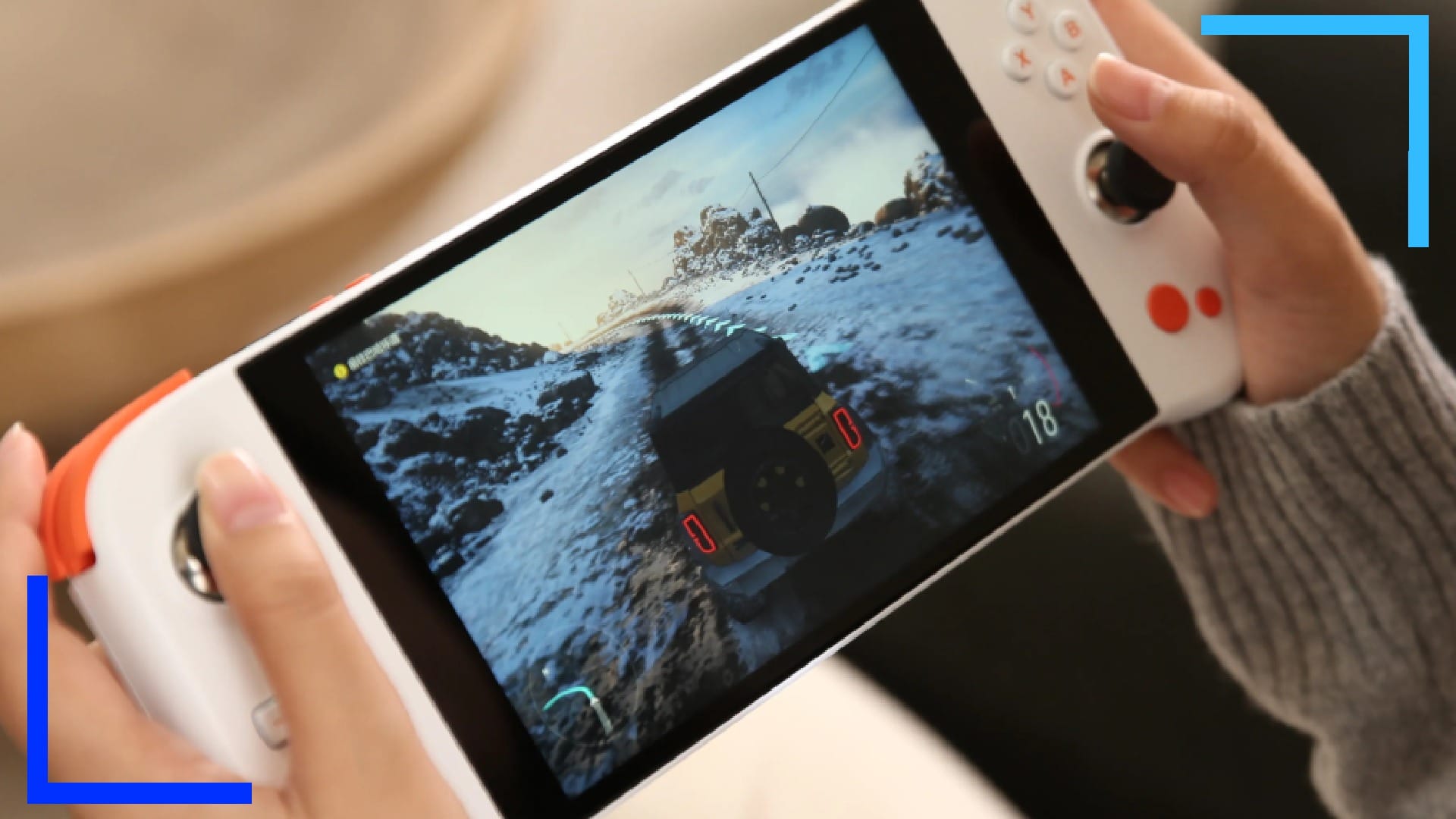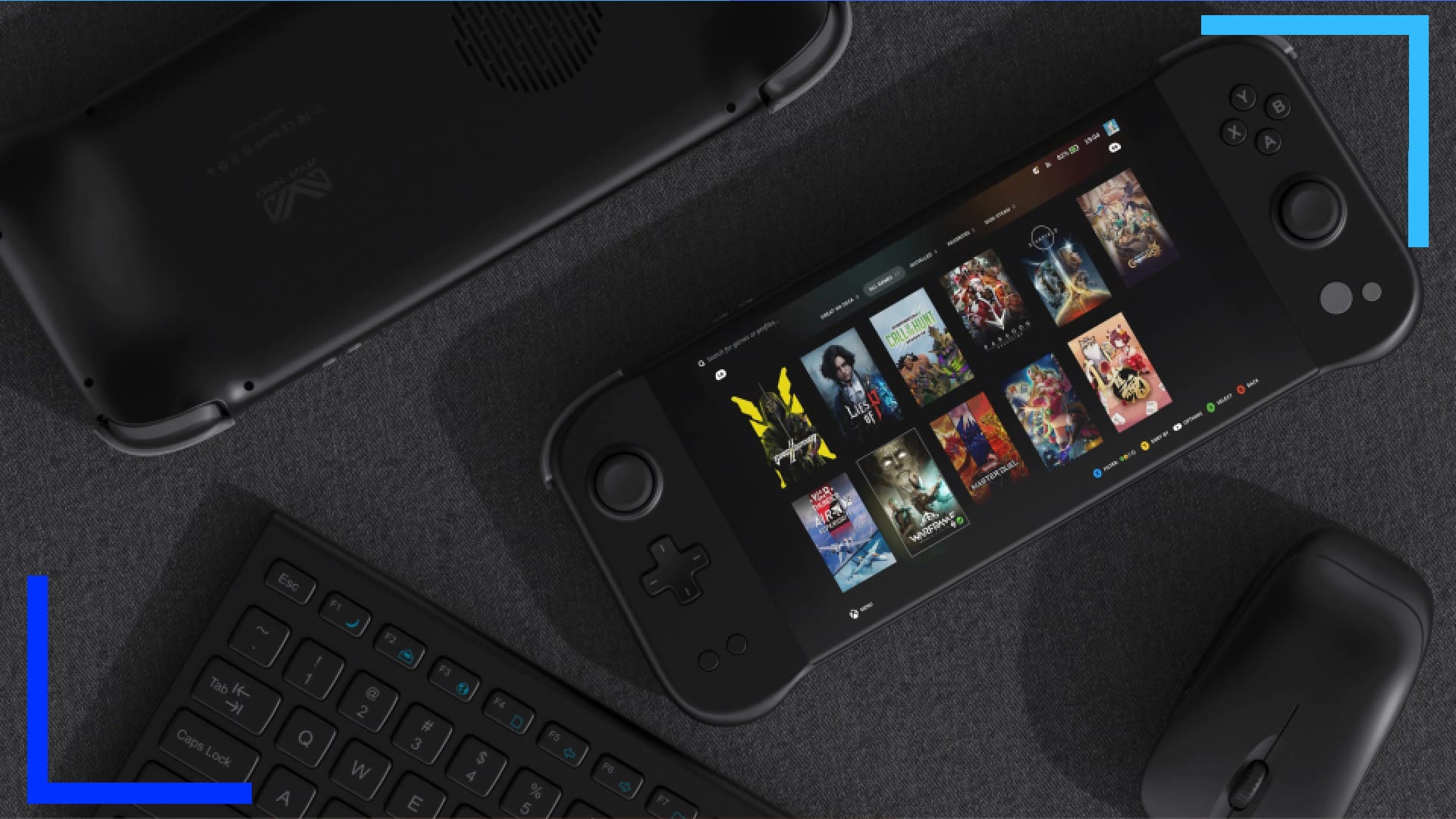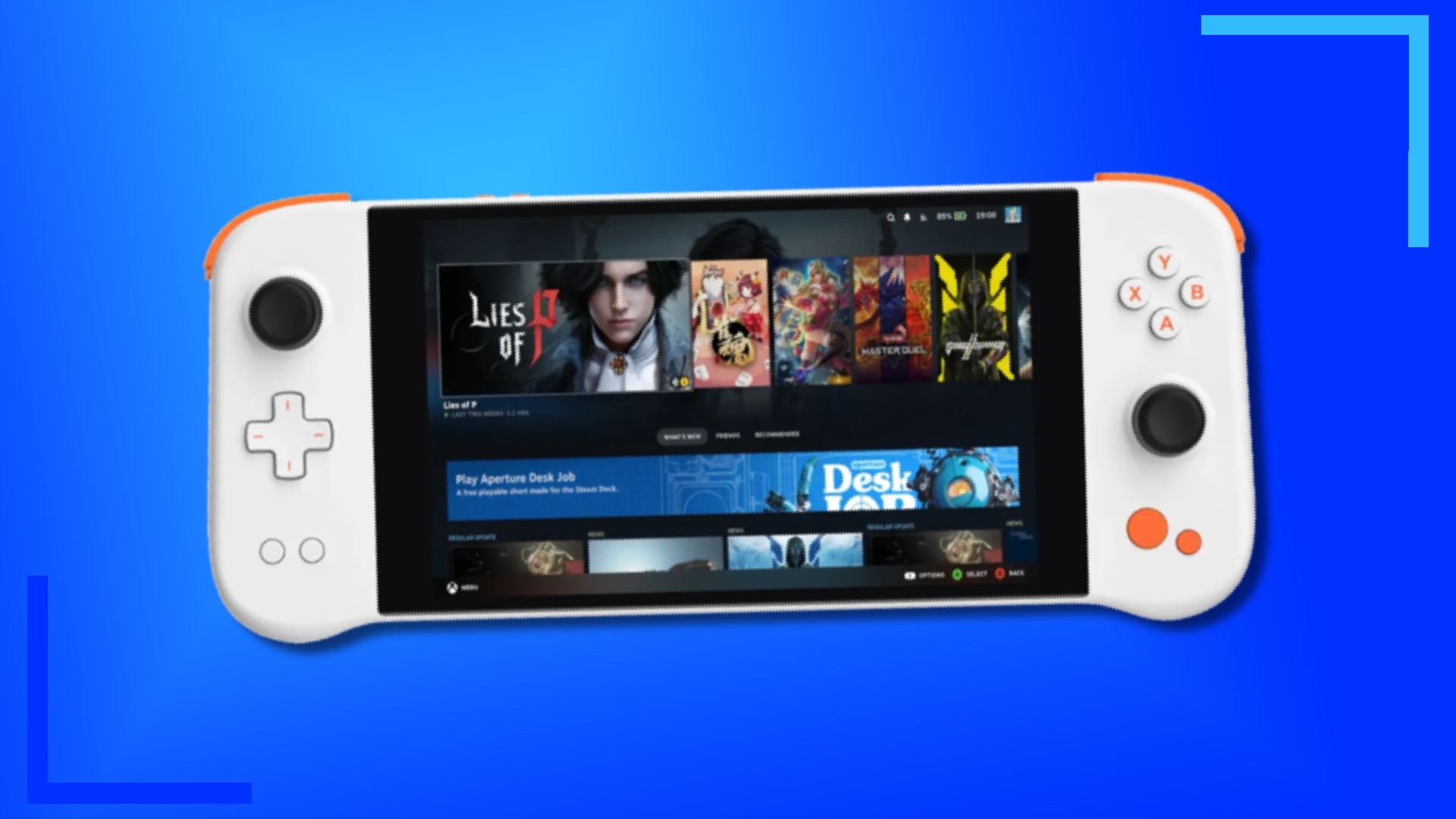AYANEO’s next console, the Next Lite, is a budget-friendly option that ditches high-end power in favor of what appears to be a more emulation-friendly device.
First up, I need to touch on the confusion that came with the original announcement. When the Next Lite was first revealed, it was said it comes equipped with SteamOS – Valve’s custom operating system found in the Steam Deck. That isn’t quite the case, though. The Next Lite will use SteamOS, but it’ll be a custom third-party version by the name of HoloISO.
As CEO Arthur Zhang says in the AYANEO official Discord, “It should be noted that we are using third-party SteamOS, not official SteamOS.”
For those yet to hear the name, HoloISO is a version of SteamOS ported by theVakhovskeIsTaken on GitHub. The idea behind the project is to recreate SteamOS, with all its features, in a package that can be installed on other systems.
So in short, it will come with SteamOS, just not the official SteamOS. AYANEO has also said, post-launch you’ll be able to download Windows drivers for the device and install Windows onto the Next Lite if you want to.
That’s a pretty cool feature if you ask me. SteamOS is, generally, locked to only Steam games unless you’re willing to learn Linux and use bottles to install extra launchers. By having access to Windows, those who want to install extra launchers from EA, Ubisoft, Epic Games and the like, will be able to do so with minimal fuss.
Alternatively, if you’d like to see the device in action or listen to this article, check out the video below.
Specs Explained.
It’s important to lay out what exactly the AYANEO Next Lite is and isn’t. This $299 handheld isn’t going to be as powerful as the Steam Deck, ASUS ROG Ally, or the Lenovo Legion Go.
The processor choices here are either the AMD Ryzen 5 4500U or AMD Ryzen 7 4800U and there’s a lot we can infer from that. As Dexerto notes, both processors make use of Vega graphics, with the Ryzen 7 coming in with more cores and threads and Vega 8 graphics. What that means in simpler terms is the AYANEO Next Lite won’t be as powerful as the Steam Deck when it comes to running the more recent games.
This begs the question of what exactly is the AYANEO Next Lite if it’s not designed as a Steam Deck killer. I see the Next Lite as an emulation powerhouse with the ability to play indie and older AAA games. The Ryzen 5 4500U will be great for old-school retro like SNES, Dreamcast, and some PS2, while the Ryzen 7 4800U should be able to reach up to Wii U and some Switch.
Although the Next Lite is seen by many as a portable gaming PC, the comparison with the Steam Deck and ASUS ROG Ally isn’t a fair one. Yes, it will play some PC games, but the specs place it closer to a high-end Retroid or AYN device. For me, it’s more of a retro handheld than it is a portable PC.
One quick side note because I found this interesting, the chipset is the same processor used in 2021’s AYANEO Pro, which originally retailed for over $1000. It’s amazing how in the space of a few years we’ve gone from these types of handhelds being niche, high-cost products to something that’s generally affordable. It’s also cool to see how AYANEO has redesigned its systems over the years. The AYANEO Pro was, let’s be honest, ugly as sin. The new Next Lite, though? It’s looking sleek.
| AYANEO Next Lite Specs | |
| CPU | AMD Ryzen 5 4500U or AMD Ryzen 7 4800U |
| Operating System | HoloISO (SteamOS) with Windows drivers |
| Screen | 7-inch IPS Display at 800p |
| RAM | 16GB LPDDR4 |
| Storage | 128GB or 256GB M.2 2280 SSD |
| Hall Effect | Triggers and sticks |
| Battery | 47Wh |
| Size | 267 by 112 by 22mm |
| Weight | 720g |
| Connectivity | Wi-Fi 6, Bluetooth 5.2 |
| Misc | Gyroscope |
Design.

The overall design of the Next Lite isn’t far off the AYANEO Pocket Air. The Next Lite is roughly 20mm longer than the Pocket Air and is slightly taller and thicker. What is strange is the device is smaller than the Steam Deck but somehow weighs more – 720 grams versus the Steam Deck’s 669 grams and the OLED model’s 640 grams. I’m not sure if that’s a typo from AYANEO, but I’ve reached out to check.
As well as a 3.5mm headphone jack, the Next Lite appears to come with three USB-C ports. While it’s not clear what the third port is for, we do know one is a USB 3.3 Gen 2 Typer-C interface 2 capable of 10Gbps data transfer and DP 1.4 video output with Power Deliver fast charging, and the second is another 3.2 Type-C data interface 1 that’s also able to transfer of speeds of up to 10Gbps. Fast speeds, and you can output the device to a screen just like the Steam Deck.
Along the top of the device you’ll spot a horizontal vent and at the back, an even larger vent. AYANEO says the Next Lite is using a customized copper pipe cooling system. How well that will work is anyone’s guess, but AYANEO does have a good track record of keeping things cool. My Pocket Air never struggled with heat problems in the hundred or so hours I’ve been using it.
Worth Keeping an Eye on?

Should the Next Lite be on your radar? That all depends on what you want. For playing the latest AAA games, it’s not likely the Next Lite will be able to do that. Plus with the Steam Deck and ROG Ally already being the go-to devices for high-end portable gaming, and with AYANEO already having high-end handhelds out there, the Next Lite isn’t being geared to compete with those devices.
Instead, the Next Lite is for people who want either old-school retro or new-school retro emulation as well as access to thousands of indie and older PC games. Want to play Star Wars The Force Unleashed then emulate some PSP or Wii U? That’s the hook here.
With a seven-inch IPS display, those older games are going to look stunning. It is an 800p device (rather than full HD at 1080p), but you’ll struggle to notice any differences in clarity on the smaller screen. As I’ve said before, 800p at 30 frames per second looks and feels similar to 1080p at 60 frames per second on a big TV. The size reduction only helps to keep the images looking crisp.
The $299 starting price comes in well below the now-retired 64GB Steam Deck’s $399 price tag, and the Next Lite’s extra storage means you won’t fill that space within a week and need an expensive new SSD.
It’s early days, so I don’t want to get ahead of myself here. But if the AYANEO Next Lite can stick the landing and is as good as the tech seems on paper, this device could become one of the standout retro handhelds of the year.

